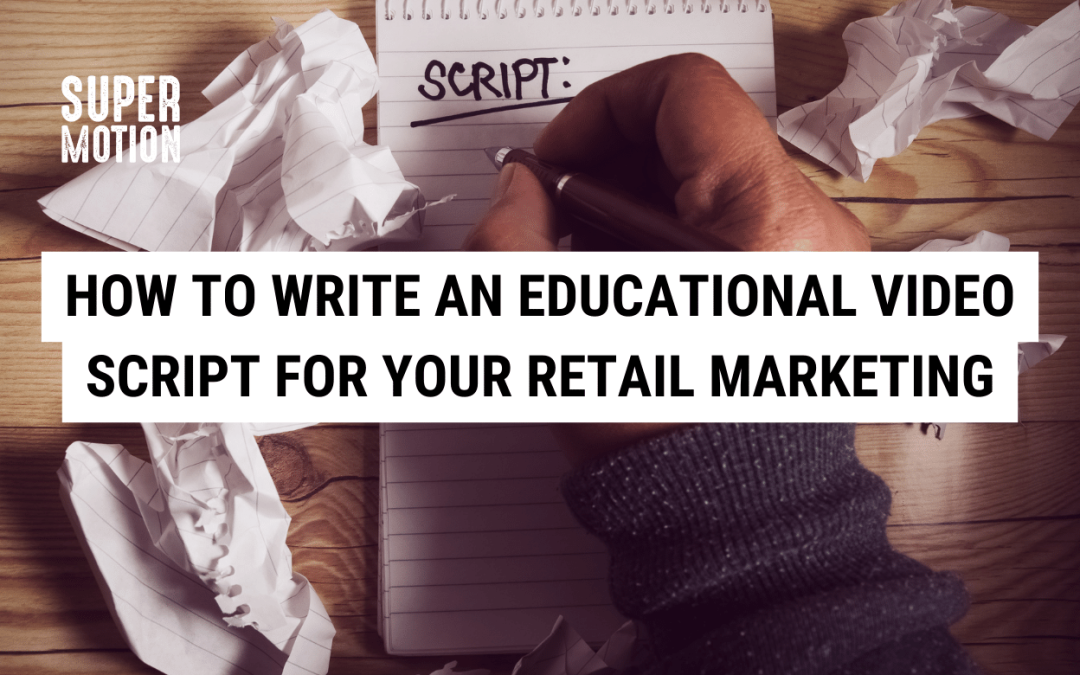
How to Write an Educational Video Script for Your Retail Marketing
How to Write an Educational Video Script for Your Retail Marketing
In the fast-paced world of Retail marketing, forging a connection with your audience through educational video content can be the difference between a click and a conversion. But how do you craft a video script that educates, entertains, and ultimately drives sales? We’ve got all the tools you need to script a marketing video that’ll keep your brand ahead of the curve and the competition.
The Art of Video Scripting
A video script serves as the blueprint for your message. Whether you’re promoting a new product or demonstrating tech specs, a well-crafted script ensures that your video resonates with your audience. In the bustling Retail landscape, video content is a pivotal force in consumer engagement.
Understanding the needs and preferences of your viewers is the first step in writing a compelling video script. You aim to inform and persuade, but most importantly, to instil trust and build a long-lasting relationship with your customers.
Researching Your Audience
Before pen meets paper, immerse yourself in the world of your customers. Identify who they are, what they value, and how they consume content. This involves market research, customer surveys, and an audit of your current customer data. Your goal is to uncover the pain points your product solves and the aspirations it fulfils.
For a successful Retail video, specificity is key. The more you know about your audience, the more tailored and effective your script can be. Personalisation is a powerful tool, and your script should reflect a deep understanding of the consumer mindset.

Setting Clear Objectives
Ask yourself, “What do I want this video to achieve?” Whether it’s to boost sales, increase brand awareness, or simply educate your customers, your objectives should be SMART — specific, measurable, attainable, relevant, and time-bound. This clarity will guide the narrative of your script and the metrics you use to track its success.
Creating Your Storyboard
Accessibility to visual content is crucial in Retail marketing. A storyboard transforms your script into a visual narrative, detailing each scene of the video. It aligns your script with your marketing goals, ensuring that every frame supports your primary message and engages your audience.
A well-crafted storyboard also anticipates the need for additional content, such as voiceover, music, or product shots, and ensures that the video’s tone and style are cohesive with your brand image.
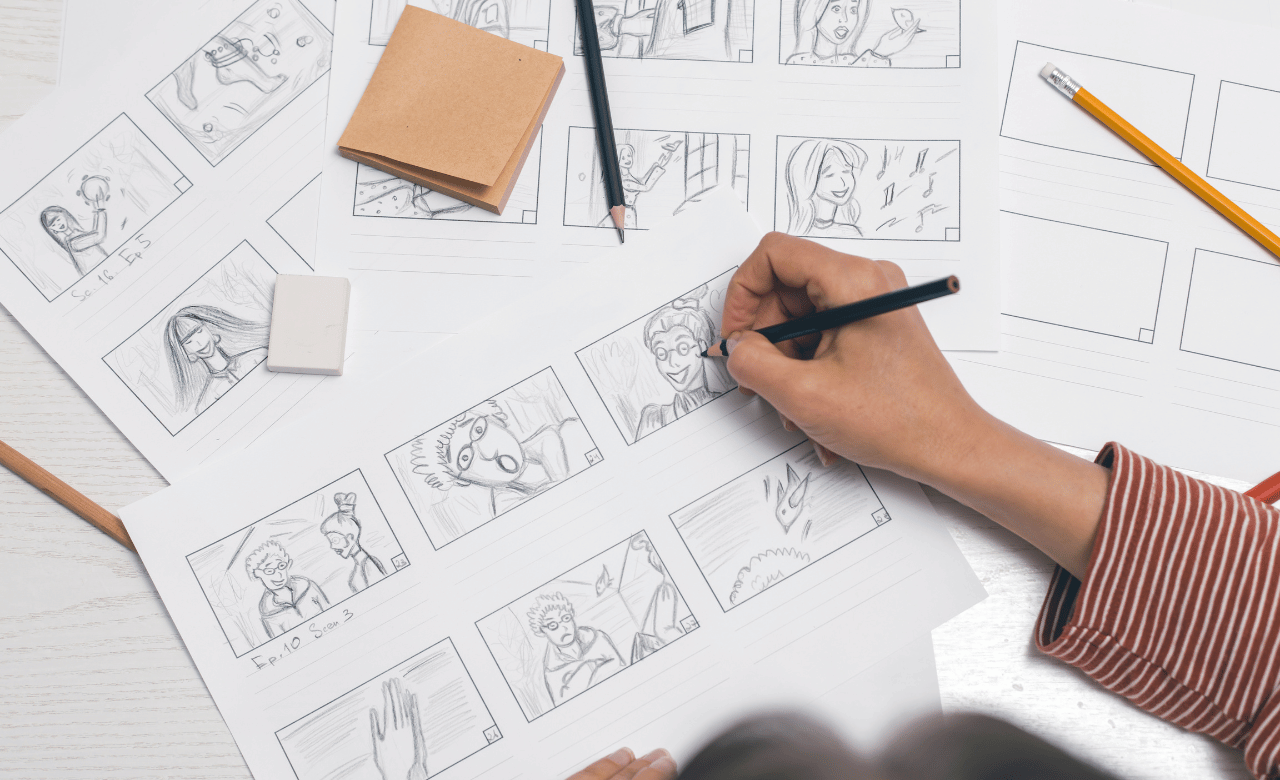
Writing the Script
The Hook
Your opening must grab the viewer’s attention within the first few seconds. Use a relatable scenario or a problem-solution approach to pique their interest and give them a reason to keep watching.
The Body
The main part of your script should educate and inform but not without a fair amount of persuasion. Showcase your product’s features and benefits in a clear, concise manner, always keeping your educational content aligned with your marketing goals.
The Call-to-Action (CTA)
The CTA is your chance to guide your viewers towards the next step. Make it clear, actionable, and designed to drive conversions. This could be to visit your online store, sign up for a newsletter, or attend an exclusive event. The choice depends on your video’s purpose and the stage of the buyer’s journey.

Using Language Effectively
Powerful language is your ally in the quest to engage. Use words that resonate with your audience and evoke emotion. Keep the structure simple and clear, and avoid jargon. Remember, you’re speaking to an audience with a broad range of backgrounds and education levels.
Incorporating Visuals
The visual components of your video – images, animations, and infographics – should not merely mimic your script but elevate it. They should be eye-catching and designed to aid in the delivery of your message.
Revisions and Feedback
A script is a living document. Collaborate with your team and seek feedback from outside perspectives. Revisions refine your message, ensuring that it’s clear, on-brand, and effectively communicated.
Compliance and Brand Consistency
Retail marketing is a regulatory minefield. Your script should be compliant with consumer protection laws, and your brand’s values and image should be echoed in every line. Nothing undermines consumer trust faster than a discord between your message and your actions.

Now that you know the ins and outs of writing an educational Retail video script, it’s time to turn knowledge into action. Book a free 30-minute strategy call with Super Motion and transform your Retail marketing with a powerful video. It’s your move!
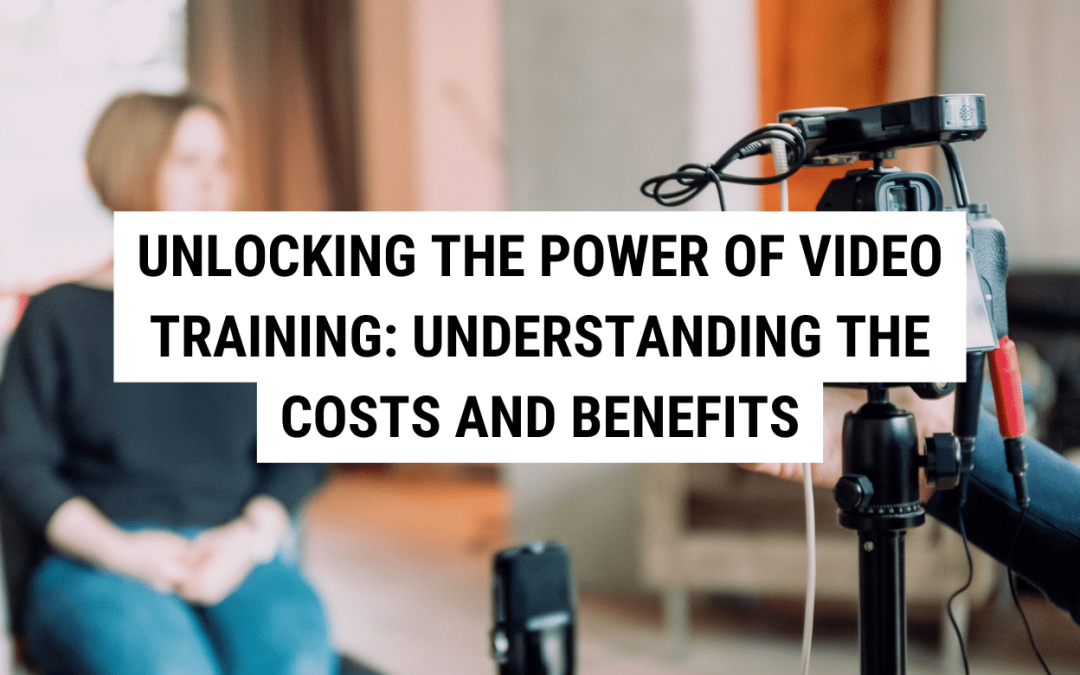



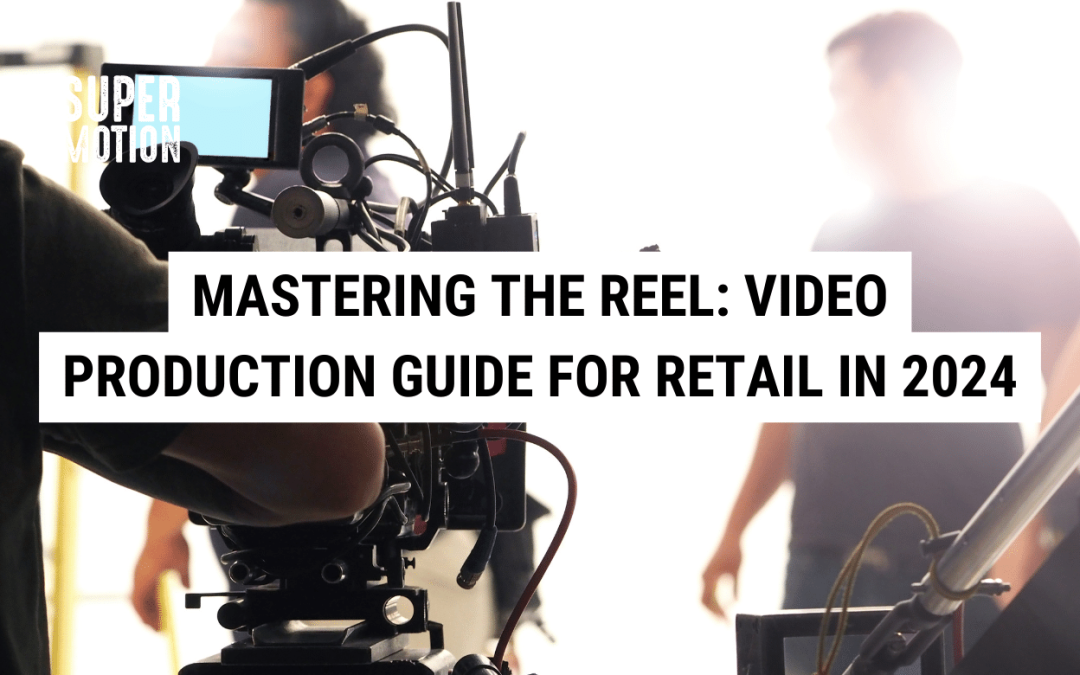




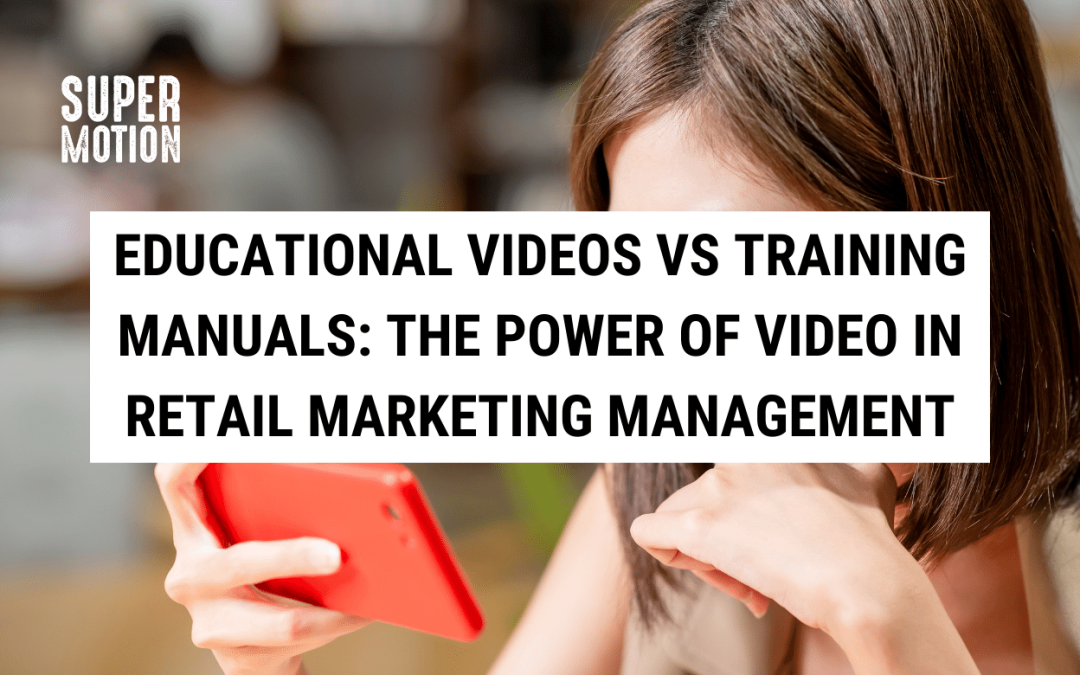

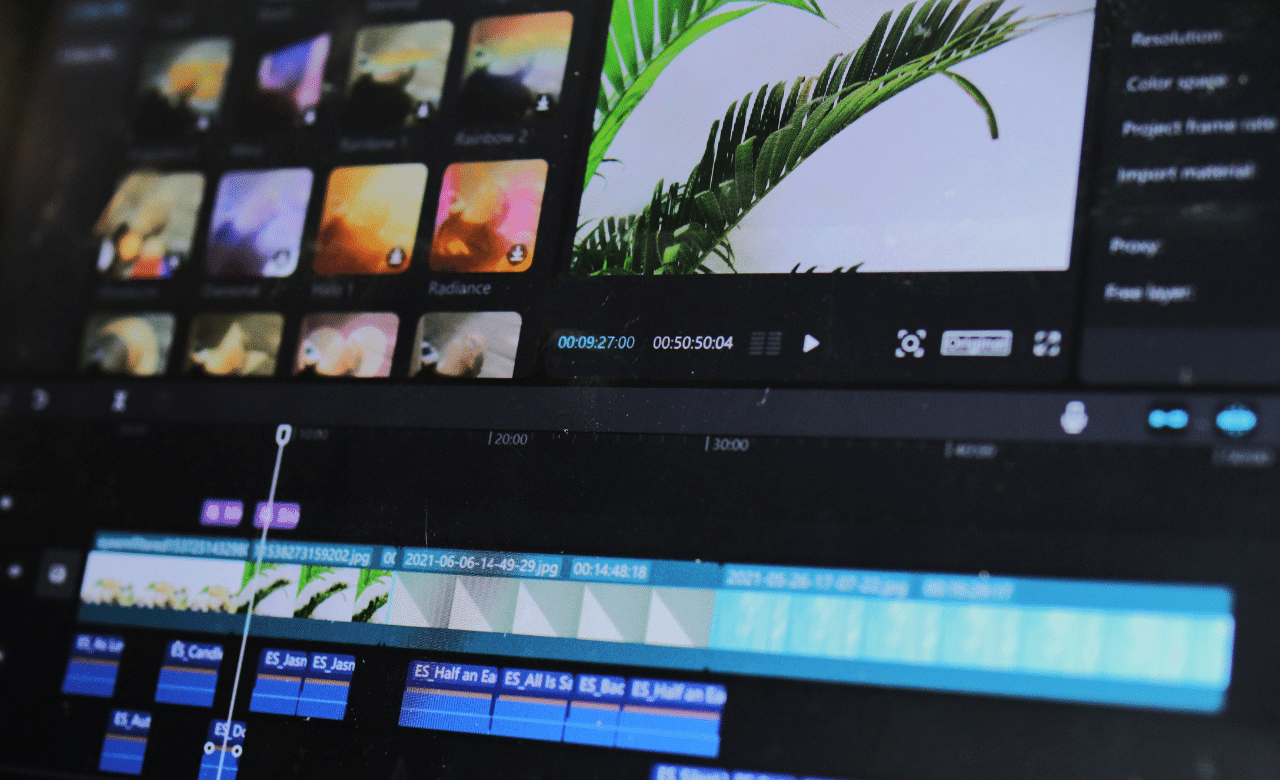
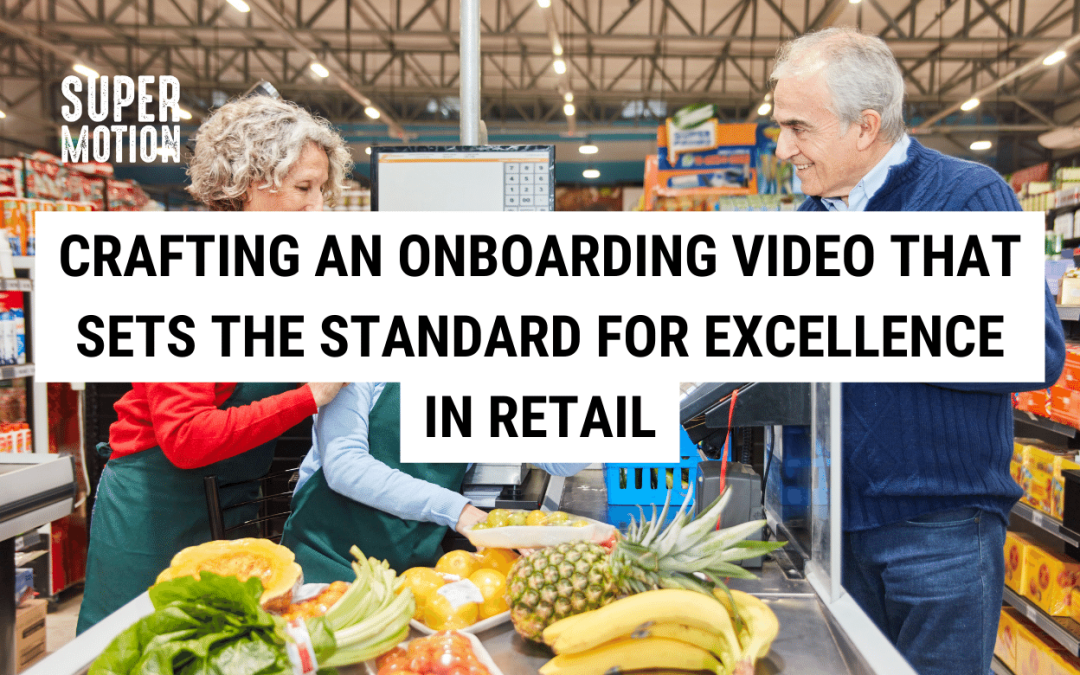


Recent Comments